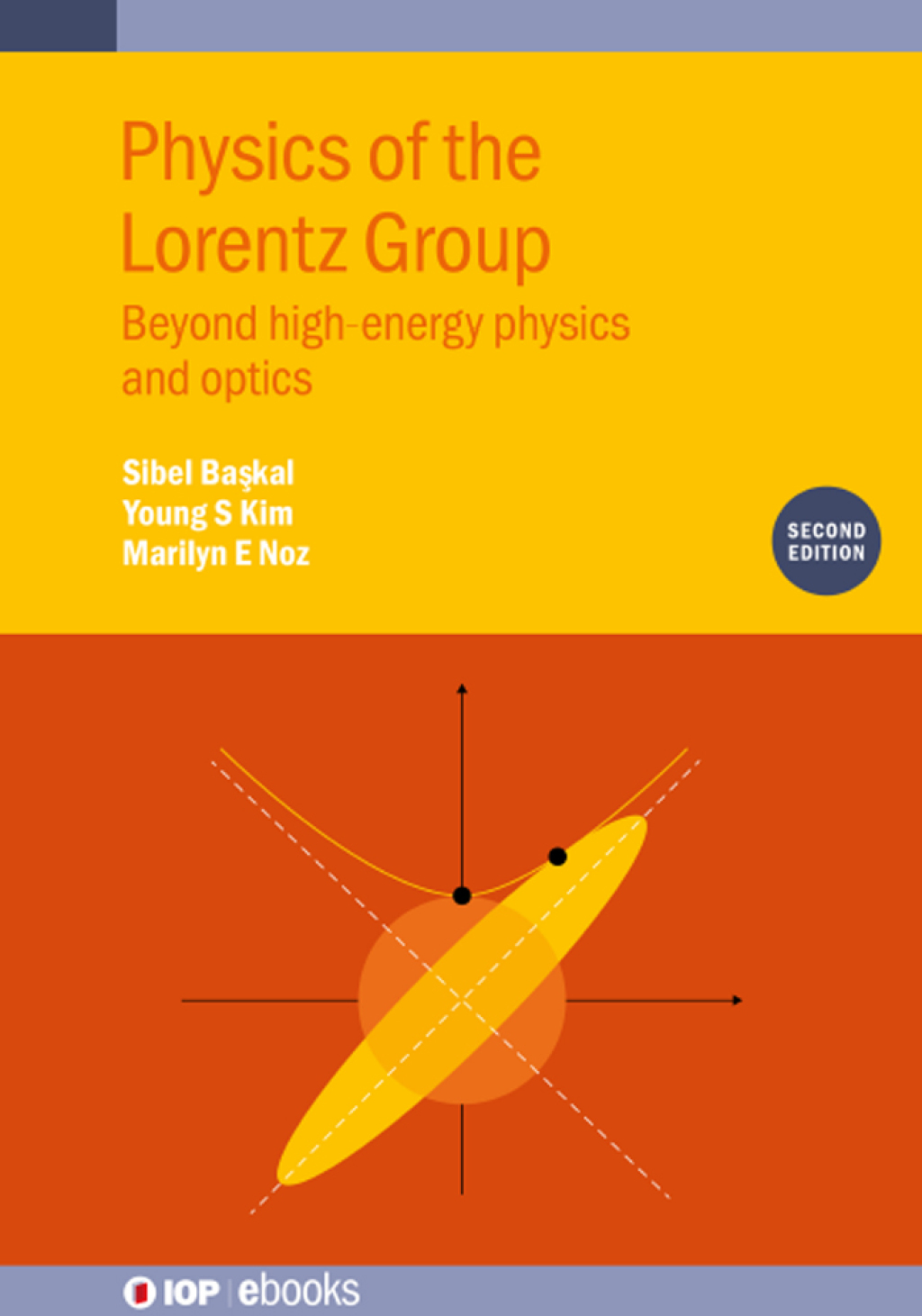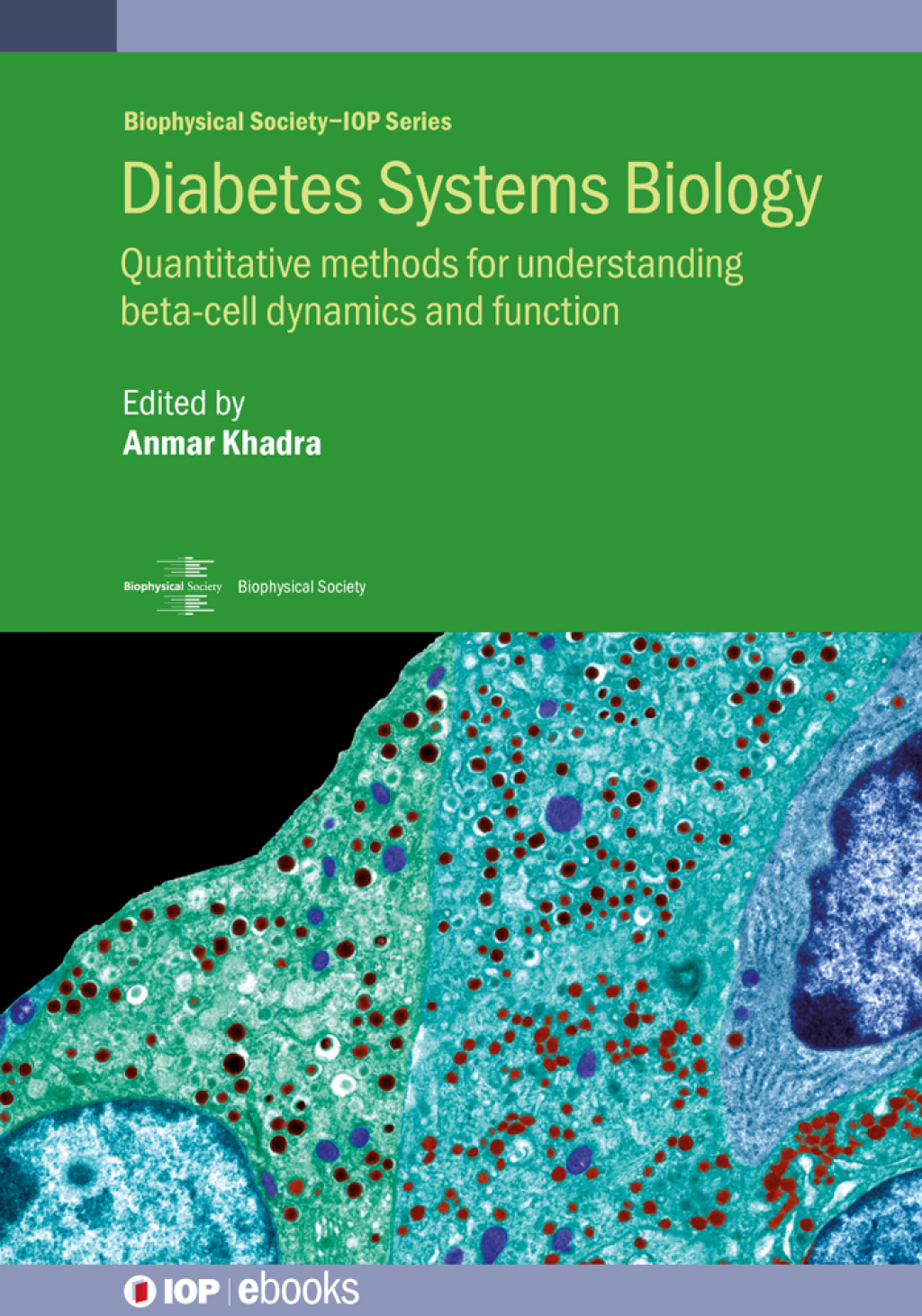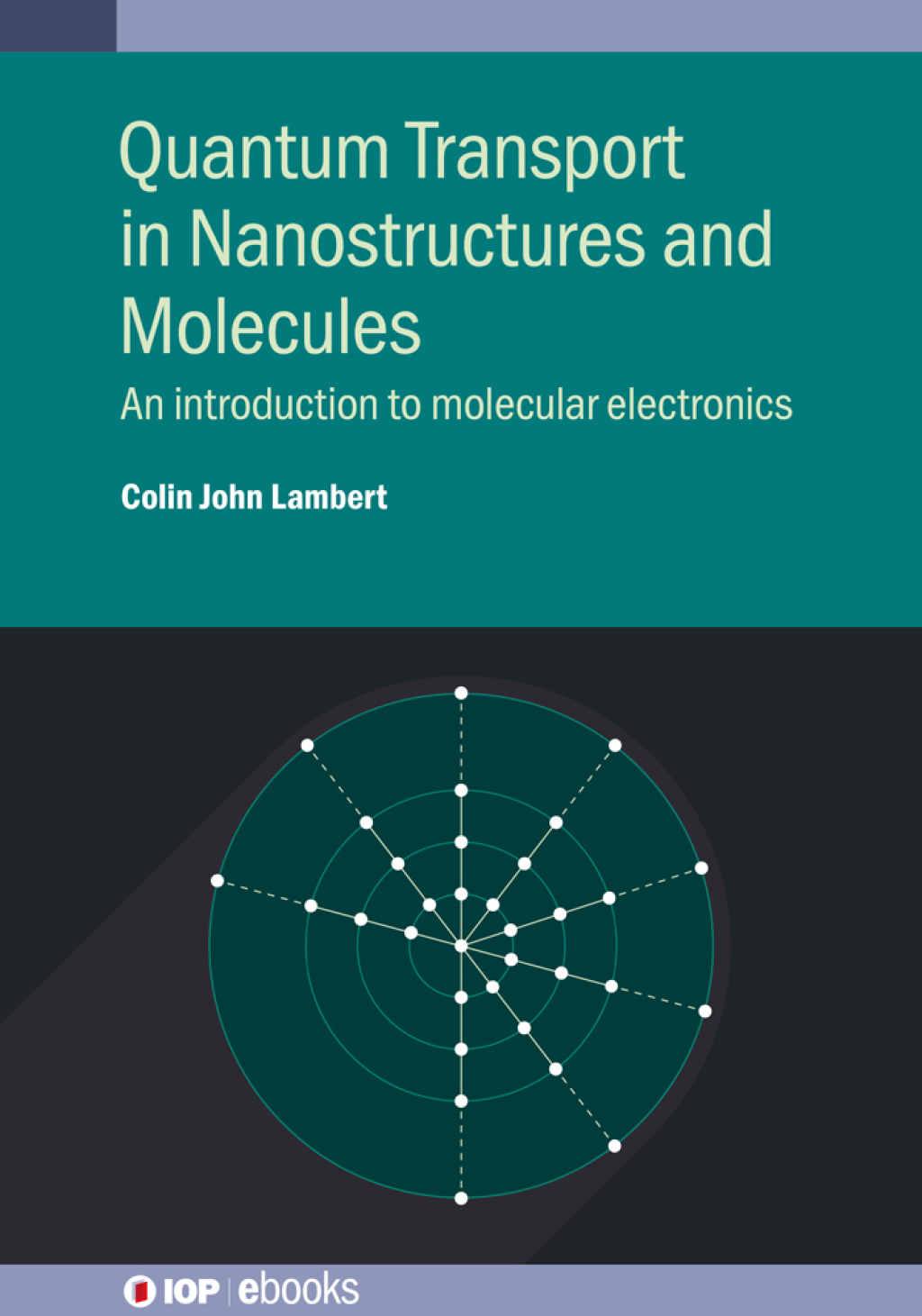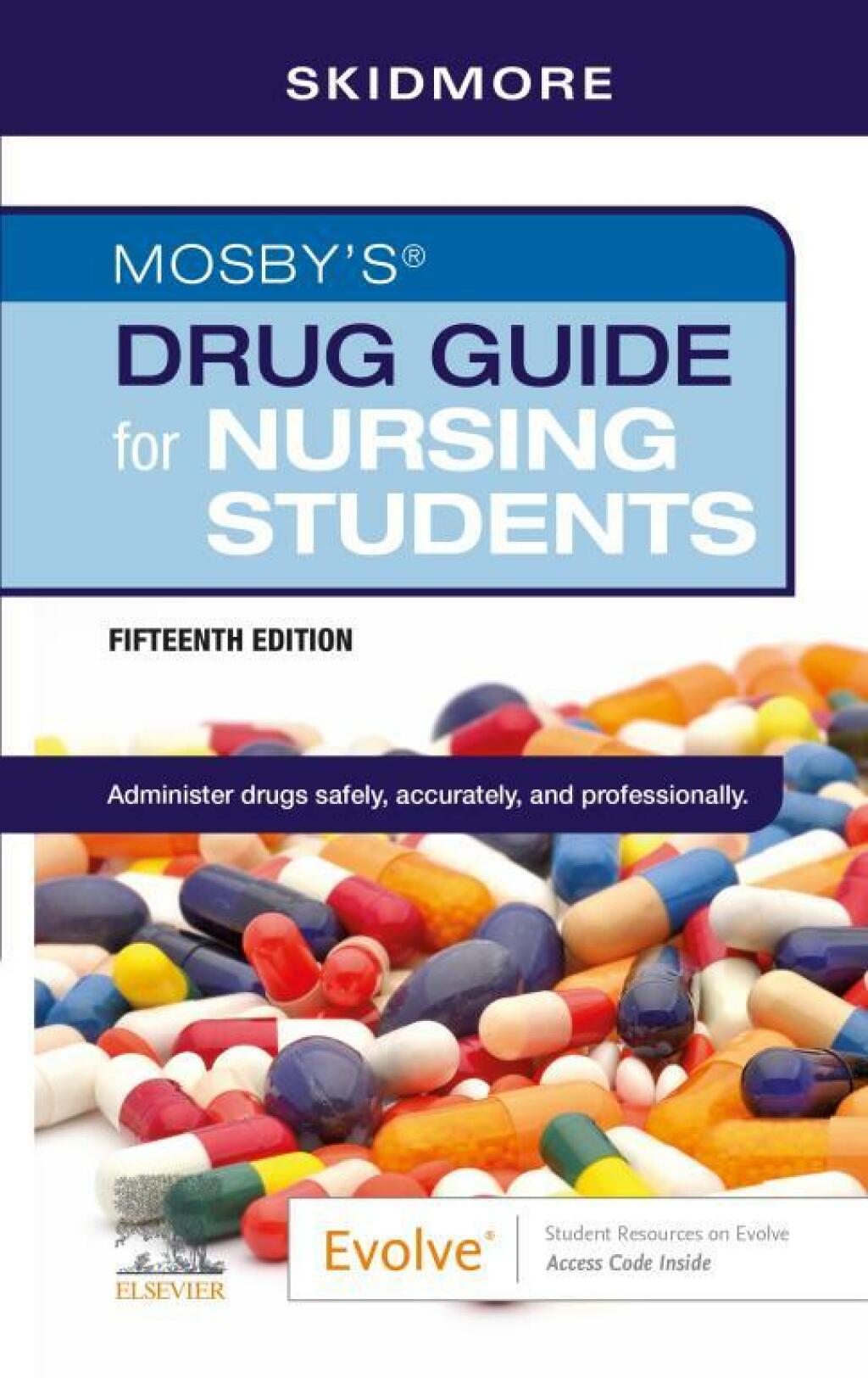This reference text presents a conceptual framework for
understanding room-temperature electron and phonon transport through molecules
and other quantum objects. The flow of electricity through molecules is
explained at the boundary of physics and chemistry, providing an authoritative
introduction to molecular electronics for physicists, and quantum transport for
chemists.
Professor Lambert provides a pedagogical account of the
fundamental concepts needed to understand quantum transport and
thermoelectricity in molecular-scale and nanoscale structures. The material provides
researchers and advanced students with an understanding of how quantum
transport relates to other areas of materials modelling, condensed matter and
computational chemistry. After reading the book, the reader will be familiar
with the basic concepts of molecular-orbital theory and scattering theory,
which underpin current theories of quantum transport.
Key Features
- Introduces molecular electronics for physicists, and quantum transport for
chemists.
- Presents a conceptual framework for understanding room-temperature electron
and phonon transport through molecules and other quantum objects.
- Provides a pedagogical account of quantum-interference-enhanced electrical and
thermal properties of single molecules and self-assembled monolayers.
- Provides readers with an understanding of how quantum transport relates to
other areas of materials modelling, condensed matter or computational chemistry.
- Discusses concepts needed to engineer the properties of molecules and create
new functions.
- Includes MATLAB codes to allow the reader to expand the examples presented in
the book.










